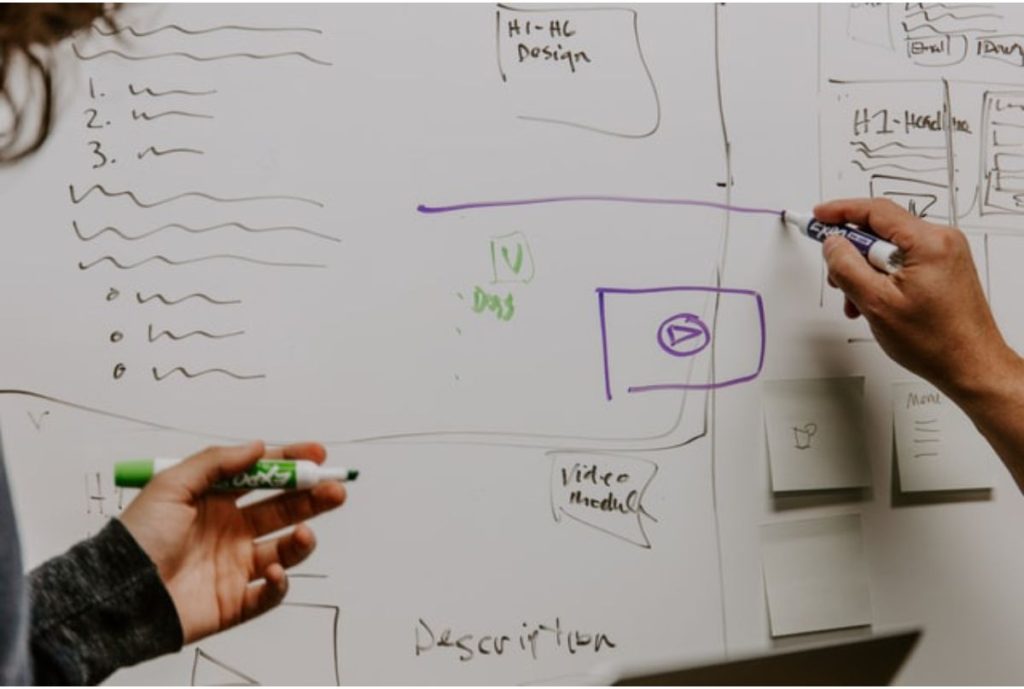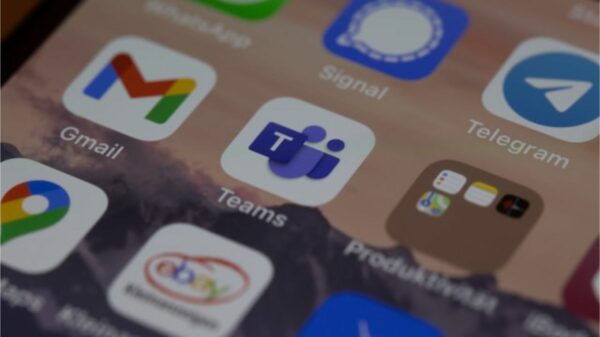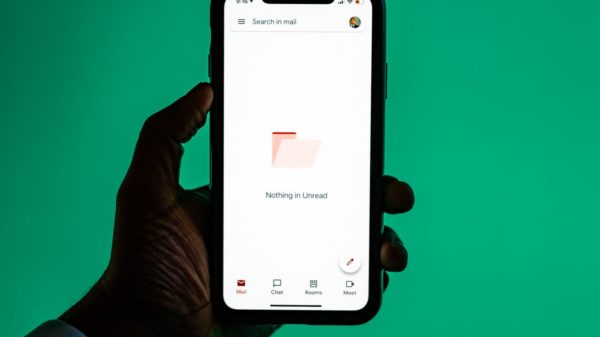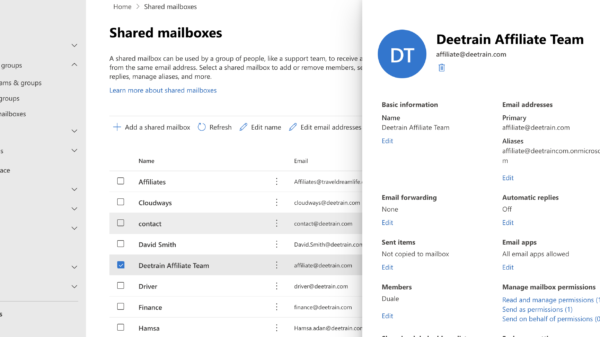
Many firms have their definition of a help desk, which is affected by the purpose of their help desk. A help desk is often used to provide IT support to external clients or internal customers (workers) that want technical assistance. However, other organizations refer to customer support, customer service, or customer advocacy team.
Help Desk provides information and support to customers and internal users about a company’s operations, products, and services. A help desk aims to offer a centralized resource for answering queries, troubleshooting difficulties, and facilitating identified problems.
The help desk, also known as first-level support, is the department of a business in charge of providing assistance and advice on issues with the firm’s goods and services. They are most often seen in information technology and computer science-related companies. They provide support via phone, e-mail, or an internal ticket system. Learn more about the duties and responsibilities of a help desk technician, as well as how you may improve or become one!
Get Familiar With How Helpdesk Work
When you first get your hands on a help desk, there is a slew of new words to learn. Here are some popular help desk terms to help you cut through the complexity and better understand how help desk systems work.
SLA (Service Level Management)
Service Level Agreements (SLAs) specify the level of services that a company will offer to its clients. A help desk software can assist you in monitoring performance concerning important SLAs. For example, suppose high-priority tickets must be addressed within the first hour. In that case, your agents may prioritize their work accordingly, and you can monitor whether or not SLAs are being met.
SLAs also assist you in establishing client expectations from the outset. Customers will see when they may anticipate a response or a comprehensive answer from your staff. In the event of an SLA breach, automatic emails are sent to the appropriate supervisors.
Representative
Client service personnel who are committed to addressing customer inquiries and requests are referred to as agents. Because they are continuously working with consumers, your representatives have a greater grasp of client concerns than other employees of your organization.
Many help desk systems include subscription options that are dependent on the number of agents or users. Provide regular training sessions to increase agent efficiency.
Ticket
A ticket is a user-created issue or request that has been submitted to be handled. These tickets are assigned to agents with the necessary abilities, experience, and expertise.
The price of a ticket might vary depending on its urgency. A ticket relating to a security issue, for example, may require your quick response as opposed to a consumer request for freebies. Instead of tickets, some companies use the term ‘cases.’
Ticket Status
The term “ticket status” refers to the many phases that a ticket goes through during its lifespan. Every new help desk ticket is labeled ‘Open.’ When the solution has been communicated with the client, it is marked as ‘Resolved.’ When the client approves the shared solution, the ticket is designated as ‘Closed.’
Ticket status can assist agents in tracking the progress of a ticket from beginning to end. They can even sort tickets by their status.
Ticket Transfer
The process of transferring a ticket to a higher level for resolution is known as ticket transfer. Your customer care representatives may not always have the necessary expertise or experience to address certain situations. Some agents, for example, may lack the technical knowledge required to handle technological difficulties.
The ticket is transferred to a senior agent, customer service manager, or another department in such situations. Ticket escalations may be time-consuming; therefore, consumers should be kept updated throughout the process.
Customer Satisfaction Rating
Every team must determine whether or not their clients are satisfied with their customer service. Customers are emailed a Customer Satisfaction (CSAT) survey. Chat or message them to let them know how satisfied they are with your service.
You may also design agent-specific surveys so that consumers can assess their assistance experience with a single agent. CSAT has evolved into an important customer service statistic that may assist you in measuring your performance through the eyes of your consumers.
Improve Customer Rating: The world is becoming more digital. Today’s most popular customer interaction channels include email management, live chat, virtual customer agents, conversational interfaces, and co-browsing.
However, they are only successful if they are smoothly integrated to provide a consistent client experience. Allow consumers to utilize the channel of their choice and at the time of their choosing.
Desktop computers have been surpassed in popularity by the ever-increasingly powerful smartphones. In today’s environment, companies demand customer service apps that improve self-service and the customer experience.
Some methods of displaying mobile consumer contact include the mobile browser, mobile web, and mobile app.
Management of tasks, problems, changes, etc.
Tasks and issues are organized to enhance cooperation, reduce interruptions, and enable seamless transitions and product launches, all while benefiting from a 360-degree view of all your IT and business assets.
Customer service portal and knowledge base
Create a library of pertinent information, FAQs, and guidelines to encourage self-service and self-help and speed up issue resolution. As a first step, IT users with typical questions and difficulties are referred to the knowledge base.
Service Plan
A service Plan is a consolidated place that describes the services accessible to various business units. The inventory also includes a form for consumers to fill out to submit a ticket.
Dashboards
Provides a full view of real-time and historical data to optimize performance, productivity, effectiveness, and other processes.
System Automation
Automation ensures that regular activities are always completed, freeing up support workers to work on unique and hard jobs.
Data Analysis
Gathers and analyses all relevant data to produce actionable insights that can improve service desk performance and outcomes.
How Help Desk work for Ticket Management?
Creating a ticket for each client contact and then assigning, transferring, and combining them for faster resolution using a helpdesk ticketing system.
Rank tickets with smart ticketing to accelerate response depending on the seriousness of the problem, the length of time the ticket has been waiting, or the customer’s availability.
Whether it is an administrative complaint or a complaint from an external client, never pass up an opportunity to address the issue to the complainant’s satisfaction.
Omnichannel Customer Service
Using various channels to respond to consumer inquiries to meet them where they are. A good ticketing software supports many channels and will generate tickets for all potential interactions, such as social media postings, emails, and direct messages.
No Forgotten Tickets
Creating a ticket for each contact to ensure that the agent does not miss any consumer inquiries. No unsupervised contact is permitted. This will also guarantee that the management is properly monitoring the situation.
Durability.
Rather than investing time and money in hiring and training new employees, it is preferable to invest in smart ticketing software that makes it simpler to produce and allocate tickets, freeing up current, more experienced agents to do high-level tasks. As a result, the firm grows, and the customer support function improves.
Ticket Prioritization
The capacity of an automated helpdesk support system to identify high-priority queries/complaints from routine ones is critical. The tickets can be prioritized based on their urgency to guarantee faster action.
KPIs and Helpdesk Metrics
To provide world-class customer service, you must be aware of the appropriate metrics to track and analyze. There may be thousands of such measures accessible on the market, but that does not mean that they must all be followed.
Determine the metrics and KPIs that are most important to your organization and evaluate them regularly to measure the health of your contact center and plan future initiatives.
Types of Tickets
Users may contact your IT support department by phone, email, or through a self-service portal. If customers create a support request on their own using the self-service portal, the ticket is sent directly to your help desk staff.
However, if they contact you by phone or email, your help desk support representative must create a ticket on their behalf.
Tickets for service requests
A ticket comprises an inquiry for information on a product/service or a request for new hardware/software; password resets, software licenses. So on, it is categorized as a service request.
Before any service requests may be performed, they must be approved by business units or departments. Because numerous users may submit similar requests, the service request fulfillment procedure must be standardized.
Ticketing issues
The fundamental cause of occurrences is problems. Problems might escalate into significant events that affect numerous people at the same time.
Problem management entails determining, comprehending, and implementing solutions to an incident’s fundamental cause. There are two approaches to issue solving.
The first is reactive problem management, which involves responding to issues that have resulted in existing users. The next step is proactive problem management, which entails resolving issues that might lead to events.
An issue ticket is often raised internally by a technical staff member who first discovers or suspects the existence of a problem.
– Tickets for incidents
An incident is an unexpected disruption or decline in an IT product’s service quality. In such a case, a service desk aims to address the issue and restore productivity and operational efficiency promptly.
Incidents are often one-of-a-kind, necessitating particular attention and a tailored solution.
– Tickets for change requests
Any product/service change, modification, or replacement must be handled and maintained.
Changes might be conventional, with pre-approved processes (for example, changing a Wi-Fi router), or non-standard, with greater risks (such as data center migration or emergency changes in case of security threats). Change advisory boards are in charge of this (CAB).
An IT service desk can help an organization or an end-user deal with technological changes. To request a change in a product or service, a user might submit a change request. These tickets include technical explanations of the product/service that require modification and the reasons for the change.
Types of Helpdesk
There may be several methods to classify the helpdesk systems on the market, for example, by their deployment, business size, and customer support role. Today, helpdesk software types are broadly grouped based on deployment, target user business size, and source code accessibility.
– Web Helpdesk
This refers to cloud-hosted or software-as-a-service (SaaS) solutions, in which the firm may rent the solution on a subscription basis, saving money and making it simpler to scale up.
– On-premise Helpdesk
When the firm owns and hosts the system, has total control over it, and is exclusively responsible for its upkeep and operation.
– Enterprise Helpdesk
Enterprise helpdesk contains elements that improve overall corporate productivity and services beyond answering customer inquiries at quicker resolution rates.
– Open Source Helpdesk
Developers do not require user licenses or rights to access the source codes with an open-source helpdesk. This eliminates dependencies and makes modification and enhancement easy.
Conclusion
The help desk has solutions to help your company improve if it is more technology-focused and requires an integrated Help Desk Team or takes a broader perspective on the assistance work in other business capacities by using a client care helpdesk.
Aside from simplifying the ticketing process, you must ensure that your IT service desk is adequately operated, trained, and equipped. Consider creating an internal knowledge base to assist your service desk personnel in handling tickets more effectively.
It would be best to collect input on your IT service desk operations to speed up the process and improve the service desk experience for users.









